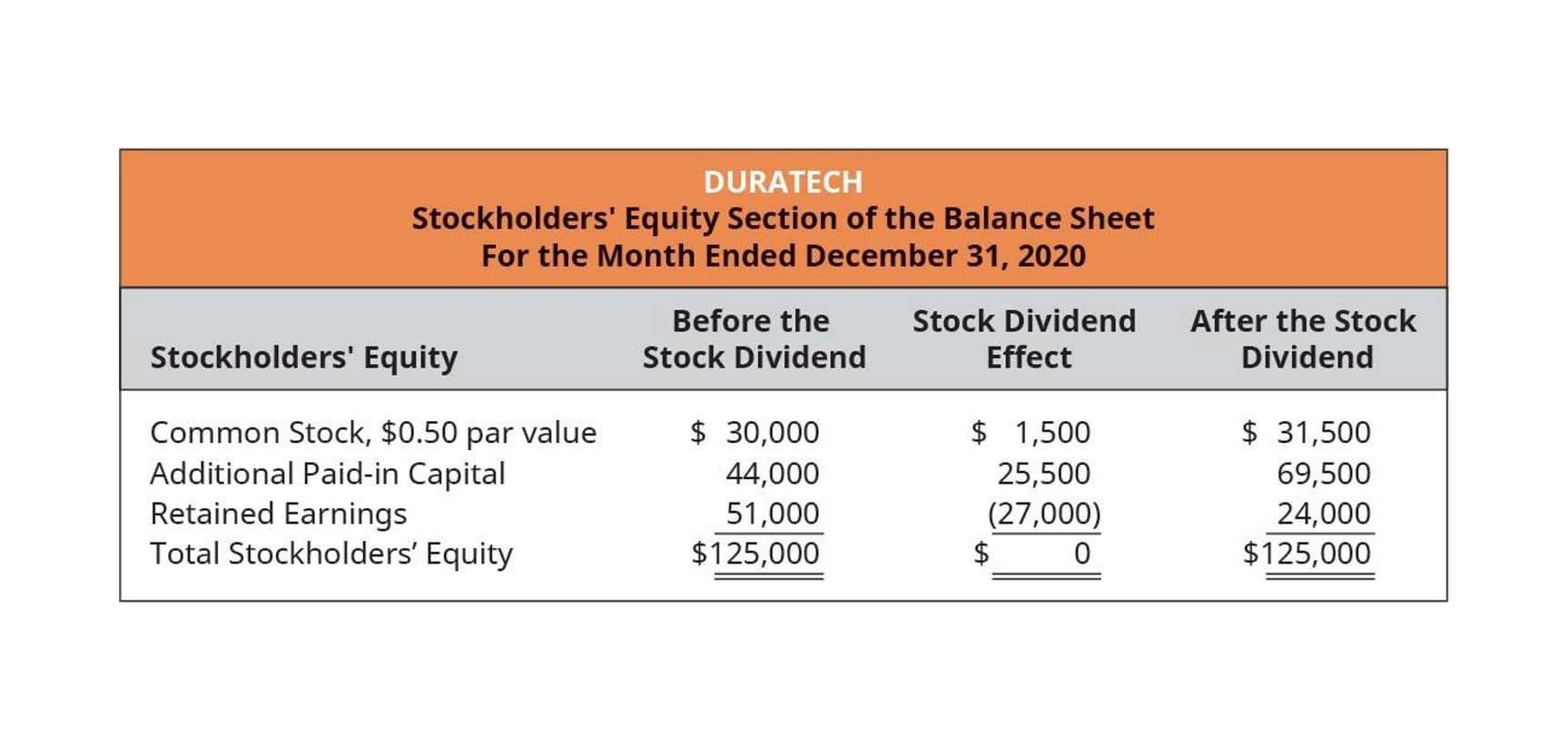
Note, the ending accounts receivable balance can be used, rather than the average balance, assuming the historical trend is consistent with minimal fluctuations. Accounts Receivable (A/R) is defined as payments owed to a company by its customers for products and/or services already delivered to them – i.e. an “IOU” from customers who paid on credit. Molly set up a catering business, selling sandwiches to the staff of local businesses and students. Her company began trading accounting on 12 March 2021, with an opening balance of £15,000 which she invested from her own funds. Over the course of her first year in business, she received £27,000 from her customers, but had to pay out £14,000 to cover her expenses.
- It is calculated by adding any cash or asset additions to the previous ending balance, then subtracting any cash or asset withdrawals from this total.
- The process is referred to as ‘balancing off accounts’ or balancing the ledger.
- She does one-on-one mentoring and consulting focused on entrepreneurship and practical business skills.
- Your COGS is the amount of products sold in a period of time, minus beginning inventory.
How to Calculate Retained Earnings: Formula and Example

That’s your beginning retained earnings, profits or losses for the period, and your dividends paid. And while that seems like a lot to have available during your accounting cycles, it’s not. At least not when you have Wave to help you button-up your books and generate important reports.
- In other words, the closing balance at the end of a particular financial year becomes the opening balance at the commencement of its subsequent financial year.
- Or, it’s a sign you’re facing issues at some link in your retail supply chain and don’t have enough stock available.
- When managed properly, calculating your cash balance gives you many advantages and helps grow your small business effectively.
- I’m here to take you on a journey through the mystical world of numbers and balances.
- Suppose we are provided with the three financial statements of a company, including two years of financial data for the balance sheet.
- Opening stock is typically recorded as an asset on the debit side of the balance sheet.
The Cash Flow Statement
Good cash flow management means recording and fixing every entry on time. To figure out the beginning cash balance, we need to understand cash movements during a period. Most accounting software packages will generate the opening balance automatically as soon as you start the next fiscal year. However, If you are doing the calculations yourself, or if you are just starting your business, you can determine your opening balance with a balance sheet, using any spreadsheet app. It is considered when calculating the cost of goods sold and valuing the Partnership Accounting closing stock, which is then recorded as a current asset in the balance sheet. Equity refers to the total amount of a company’s net assets held in the hands of its owners, founders, partners, and shareholders (residual ownership interest).

Why is understanding the beginning cash balance important in financial management?
- An ending balance, in accounting, refers to the amount remaining in a particular account at the end of a specific period, often a month, quarter, or year.
- The balance at the beginning of a period is called the opening balance.
- Sandra’s areas of focus include advising real estate agents, brokers, and investors.
- In this article you’ll learn what a cash balance is, how to calculate it, and why a cash balance is an essential part of your business’ success.
- Examples of special journals could include a Sales Journal (SJ), Purchasing Journal (PJ), Cash Receipts Journal (CRJ), Cash Disbursements Journal (CDJ), Payroll Journal (PRJ), and so on.
- Mooncard offers simple, tailor-made solutions which can allow your closing balance to be carried over automatically into the next accounting period, seamlessly setting the groundwork for the year ahead.
- He is currently the owner of Mad Hat Labs, a web design and media consultancy business.
It’s important for brands to track beginning inventory so they can manage stock levels and on-hand inventory, and make informed decisions about purchasing more inventory. It’s important to regularly review the ending balances of your accounts to ensure you are managing your finances effectively and to detect any potential issues, such as fraud or accounting errors. The net cash impact is negative since the days sales outstanding (DSO) is increasing each period. The adjusting journal entry here reflects that the supplier received the payment in cash. Using the same assumptions as the prior section, the journal entry to reflect the purchase made on credit is as follows.


The “Balance b/f” indicates that the debit side is greater than the credit side by $19,100, and that we have $19,100 in our bank account at the end of May (the closing balance of the account). The Balance b/f shown above is the actual closing balance of the bank account (a debit balance). On the left hand side of the accounting equation the assets increase by 63,500. This is matched on the right hand side by an increase in liabilities of 42,750, an increase in equity of 20,750. Once you have entered all of your opening balance equity liabilities and owner’s equity, subtract them from the total of your assets to determine your company’s opening balance. Whenever a new accounting system is used, a starting point for all the values needs to be created.
- By using the beginning balance formula, you can ensure that all transactions are accurately tracked throughout the duration of your business’s financial cycle.
- If the balance of the total asset of the journal entry exceeds the total liabilities balance, then the entry is balanced by a credit to the capital account, increasing it.
- This is especially helpful prior to peak season or to prepare for seasonal demand.
- Let’s say your checking account has a balance of $2,500 at the beginning of May.
- These include things like how much equipment loses value over time.
